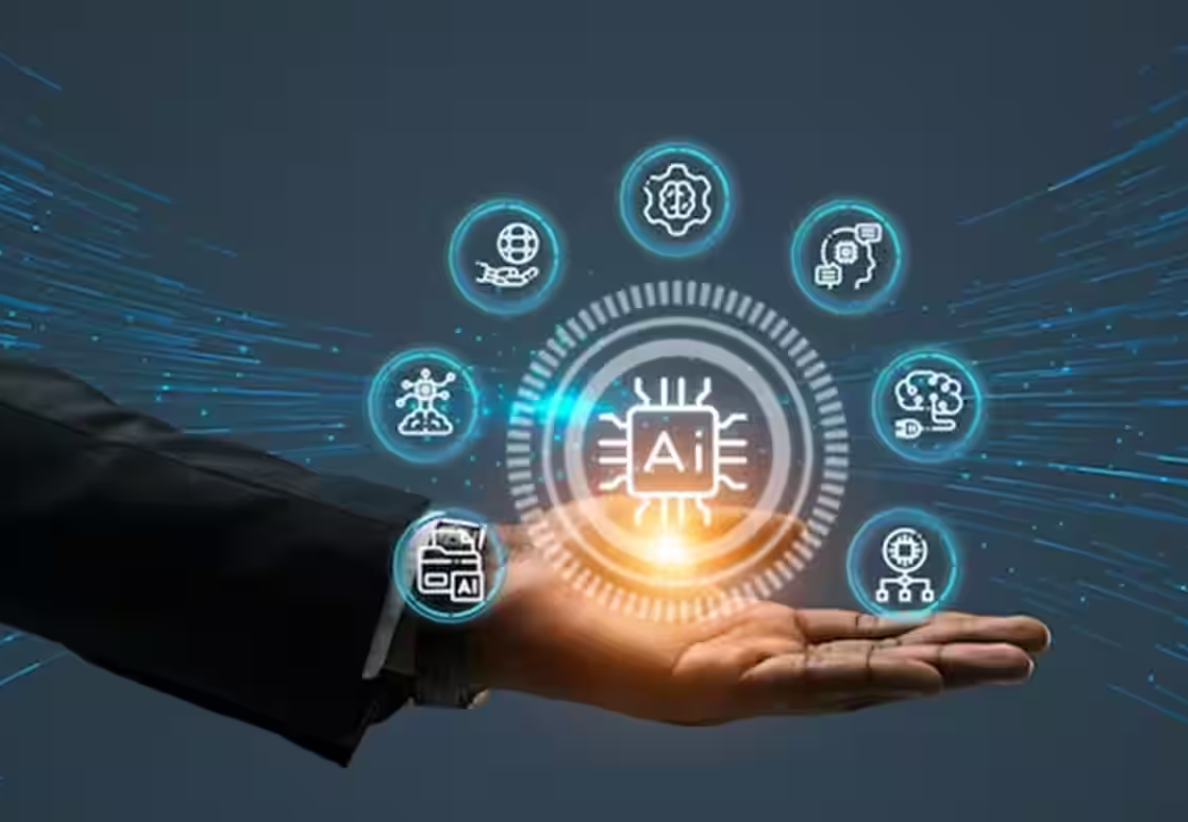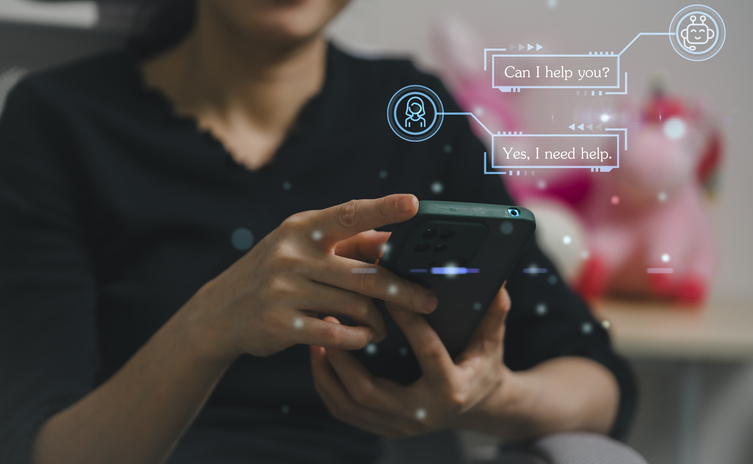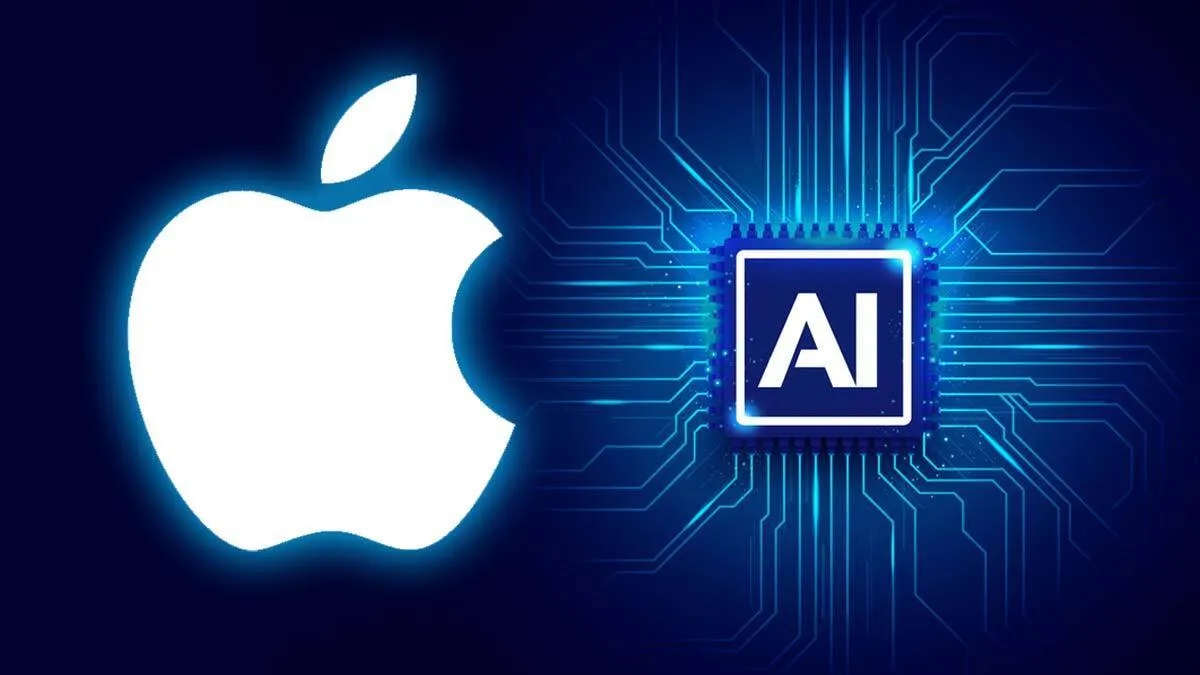Highlights
- 2024 sees GenAI reshaping smartphone interactions with smarter, more personalized app functionalities.
- Smartphone hardware advancements, like AI chips, cater to the complex needs of GenAI algorithms.
- The rise of GenAI could lead to subscription models, offering scalable AI features across apps.
- Apple’s AI evolution aims to balance innovation with user privacy, setting new industry standards.
Generative AI, or GenAI, is stepping out of the shadows of niche applications and academic papers to become a central feature of the smartphone experience.
As we navigate through 2024, the integration of GenAI into smartphones is not just a possibility; it’s becoming a reality.
From Google to Samsung to now even Apple, OEMs are jumping on board the GenAI express.
But what does this shift entail for consumers, developers, and the broader tech ecosystem?
Let’s delve into the nuances of GenAI’s emergence in the smartphone arena.
GenAI is Making Its Mark on Smartphone Software

At the heart of GenAI’s integration into smartphones is its profound impact on software capabilities.
GenAI-driven apps are going to redefinite user interactions, offering personalized and intelligent responses to a wide array of commands.
From virtual assistants that understand context and nuance to photo editing apps that can generate new content based on user prompts, the possibilities are as limitless as they are exciting.
This leap is not just about making our current apps smarter. It’s about reimagining what apps can do.
Imagine language learning tools that adapt to your proficiency and interests in real-time, or wellness apps that tailor mindfulness exercises to your emotional state by interpreting your vocal cues.
GenAI is poised to make these scenarios a reality, enhancing our digital experiences in deeply personal ways.
How GenAI is Impacting Hardware

The influence of GenAI extends beyond software, reaching into the very hardware of smartphones.
To support advanced AI functions, smartphone manufacturers are rethinking device architecture.
This means more powerful processors and dedicated AI chips capable of handling complex machine-learning tasks directly on the device.
Qualcomm has recently been very vocal about the AI capabilities on its Snapdragon chipsets and MediaTek’s been doing the same with its top-of-the-line Dimensity silicone.
Such enhancements promise improvements in speed and efficiency and also bolster privacy, as more data can be processed locally, reducing the need for cloud transfers.
Moreover, GenAI is driving innovation in sensor technology.
Cameras, microphones, and other sensors are becoming more sophisticated to capture the nuanced data GenAI algorithms require to operate.
This collaboration between hardware and software is pushing the boundaries of what smartphones can perceive and understand about their surroundings.
We are truly going to enter into
GenAI Could Be a ‘Subscription’ Service?

An intriguing aspect of GenAI’s rise is its potential to become a subscription-based service.
As AI models grow more advanced, they require continuous updates and refinements, often necessitating substantial computational resources that could be cost-prohibitive for individual developers or smaller companies.
By offering GenAI capabilities as a service, tech giants could democratize access to cutting-edge technology, enabling a broader range of apps to benefit from generative AI features.
This model could also introduce a new revenue stream for smartphone manufacturers and app developers, who could offer tiered subscriptions for different levels of AI functionality.
While this raises questions about accessibility and the digital divide, it also opens doors for innovative funding models that could support the ongoing development of AI technologies.
Apple AI: How Can it Catch Up to Google and Samsung?

Apple finds itself at a pivotal juncture in the evolution of smartphone technology, navigating the intricacies of AI to maintain its prestigious position in the market.
Historically characterized by a cautious approach to new technologies, Apple is now recognizing the imperative to integrate AI more deeply into its offerings.
This realization comes amid declining iPhone sales and the competitive pressure exerted by rivals such as Samsung and Google, who have been quicker to exploit AI advancements.
Rumours of an App Store overhaul, enhanced third-party integrations, and the development of Siri 2.0, powered by large language models, with the upcoming iOS 18 update show Apple’s efforts to catch up.
Apple has always been committed to privacy and data security and this presents a unique opportunity to differentiate its AI capabilities.
The company’s potential to leverage on-device AI processing aligns with its privacy-centric ethos, offering a pathway to blend AI innovation with user trust.
Apple could, through a combination of strategic partnerships, make significant investments in research and development, to redefine the smartphone experience.
Emphasizing user-centric innovations, such as AI-powered health insights and advanced photography enhancements, Apple might not just catch up with its rivals but establish new benchmarks in the intelligent mobile experience, ensuring its continued relevance and leadership in the tech ecosystem.
FAQs
What does the integration of Generative AI into smartphones signify for users and developers?
The integration of Generative AI (GenAI) into smartphones marks a significant leap in how devices understand and interact with users. For consumers, this means more intuitive and responsive apps that can anticipate needs and offer personalized content, from smarter virtual assistants to more creative photo and video editing tools.
How will GenAI affect the development and functionality of smartphone software?
GenAI is set to transform smartphone software by enabling applications to perform tasks that were previously impossible or required significant human intervention.
This includes generating text, images, or videos based on user prompts, offering real-time language translation that captures nuance and context, and creating adaptive learning platforms that personalize content to the user’s learning style and progress.
Why is there a need for hardware innovation in smartphones for GenAI?
As GenAI applications become more sophisticated, they require significant computational power to process and generate content in real-time.
This demand has spurred the development of more powerful processors and dedicated AI chips in smartphones, designed to handle these complex tasks efficiently without draining battery life.
What are the implications of a subscription-based GenAI service model for smartphones?
A subscription-based model for GenAI services on smartphones could democratize access to advanced AI capabilities, allowing users and developers to tap into powerful AI functionalities without the upfront cost of high-end hardware.
This model could lead to a more equitable distribution of technology, enabling smaller developers to create innovative applications that leverage GenAI.genai-smartphone-revolution-2024.
Also Read: iPhone 16 to Feature Advanced Siri with Generative AI and LLM
Also Read: Apple GPT Breakthrough: Researchers Set to Bring Generative AI to iPhones
Also Read: Apple A18 and M4 Chips to Feature Advanced 3nm Manufacturing For Handling Gen-AI
Also Read: OpenAI Unveils Sora: The Future of AI-Generated Text to Video Content
Also Read: Apple is Boosting Spotlight Search with Generative AI Features
